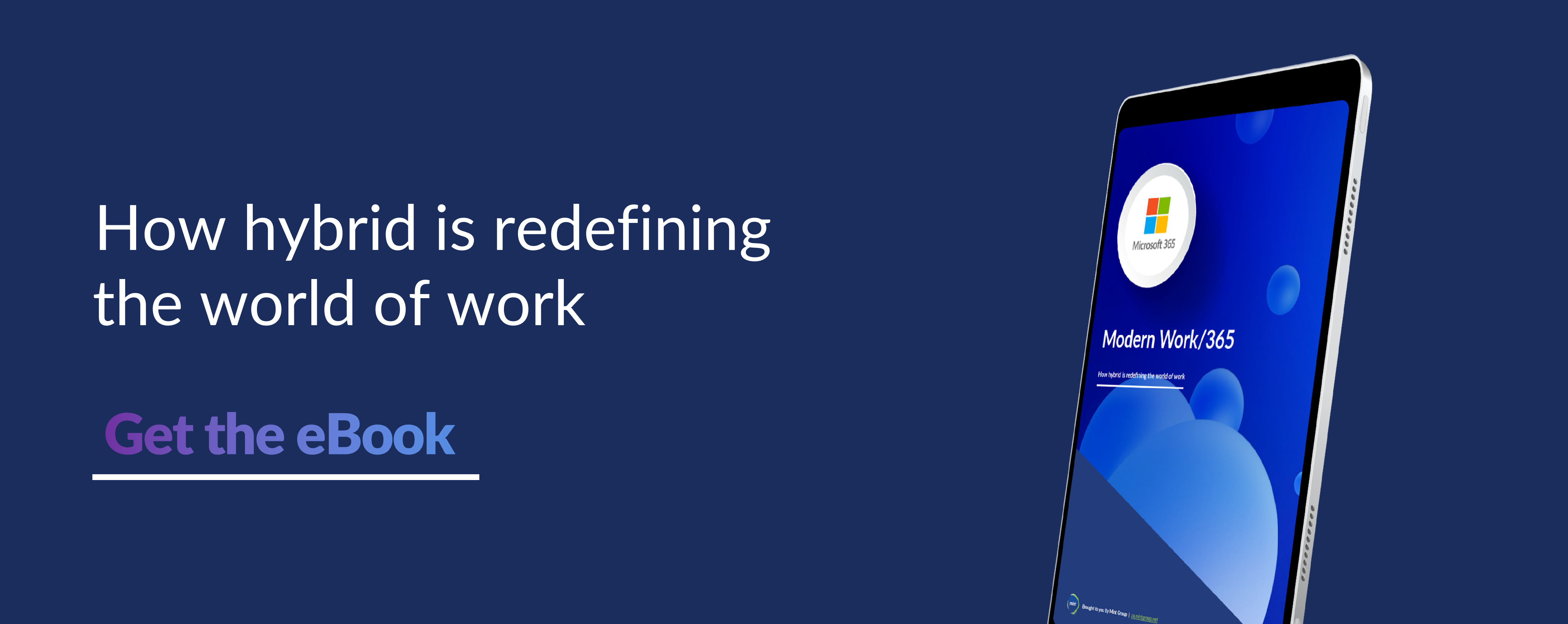How information automation supports governance and compliance
Back in 2017, Matt Wade published a Periodic Table of Office 365 and it became the go-to guide for organizations and individuals wanting to know more about what Microsoft 365 included within its ample arms, and how everything worked together. This overview took Microsoft’s product set out of the preconceived limitations of Word, Excel, PowerPoint and Outlook and placed it within an ecosystem, really capturing how Microsoft had paid attention to a collection of services that met almost every business need.
Originally, Office 365 started out in 2014 when key services and apps provided by Microsoft were grouped into an ecosystem as a clear answer to the growing competition that was Google. The services and their accessibility evolved over the next few years including the addition of more storage space for OneDrive, Xbox features, and changing plans and costings designed to lure more users in.
In 2017, Microsoft then announced the shiny new Microsoft 365 brand and launched both a consumer and business edition that was curated to fit specific markets and budgets. The business version of Microsoft 0365 did, obviously, consist of Word, PowerPoint, Excel, and Outlook, but it also had Skype, Yammer, Exchange Service, SharePoint, Lync, Power BI and OneDrive, along with enterprise mobility services, security and Azure services such as Active Directory and Information Protection.
This is where it can get a bit confusing. Microsoft Enterprise was a combination of Windows 10 with Office 365 business and a host of enterprise features and was labelled Microsoft 365. Microsoft 365 was also the title of the consumer product and the small to medium enterprise (SME) product package and each one had different apps and costings attached.
Then, in 2022, Microsoft ditched them all with the announcement that Microsoft Office was being phased out as a brand and that everything would now sit under the Microsoft 365 – or M365 – banner. Finding the right package to fit the purpose is far easier with the titles For Home, For Organizations and For Educators, and new tools and features have been added. The all-new Microsoft 365 (not be confused with the all-new Land Rover Discovery) has put collaboration and creativity at the heart of its offering. It includes:
- PowerPoint, Excel, SharePoint Online, OneNote, Forms, Whiteboard, Yammer
- OneDrive for Business
- Teams
- Outlook, Word, Viva Engage, Calendar, To Do, People
- Clipchamp, Create, Designer
- Stream, Lists, Dynamics 365, Delve, Planner, Viva Insights
- Power Platform, Power Automate, Dataverse, PowerApps
Matt Wade created an up-to-date periodic table in 2022 that fully captures the depth and breadth of the new Microsoft 365 portfolio that you can find here. This graphical snapshot of the variety of services that Microsoft now has on offer shows how much thought the company has put into creating apps that are relevant to the modern business. Those that didn’t quite meet expectations or deliver within the ecosystem have been replaced, refined or removed.
It’s also an impressive list of services considering that many people, way back in 2013, believed that O365 would never work, and that it would end as soon as it began.
Today, M365 offers the organization a scalable and agile toolkit that it can use to connect, collaborate and work far more effectively. It smooths the road to hybrid and remote working so efficiently that those who have bought into the system are enjoying improved engagement and productivity as well as increased worker mobility.
Mint has worked with Microsoft and within the M365 ecosystem from the start, and we can help you to leverage its ubiquity to create a platform that works for you. Get in touch, and we’ll get you started.
Or…read on to find out more about the new features included in the M365 platform today…



